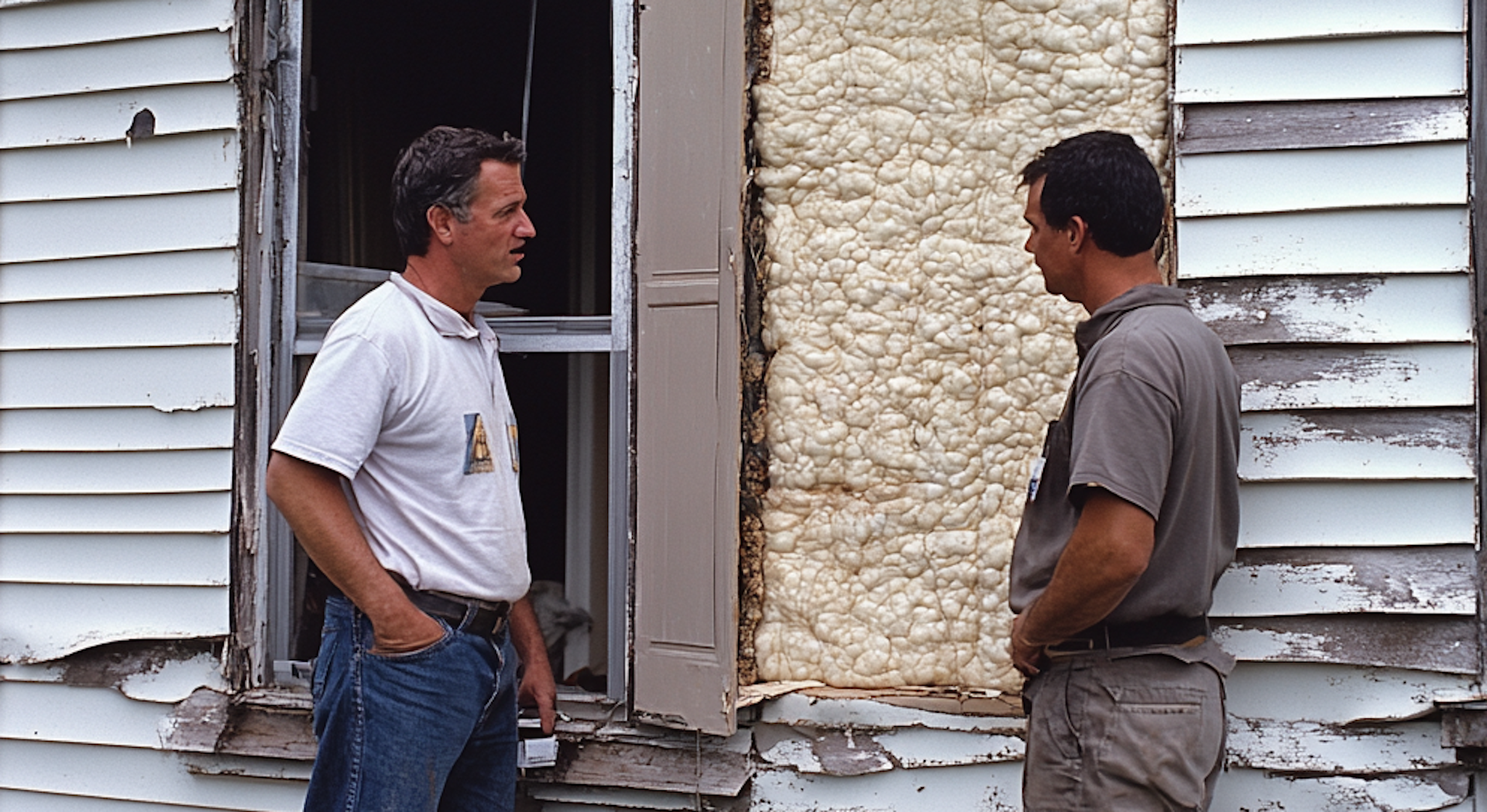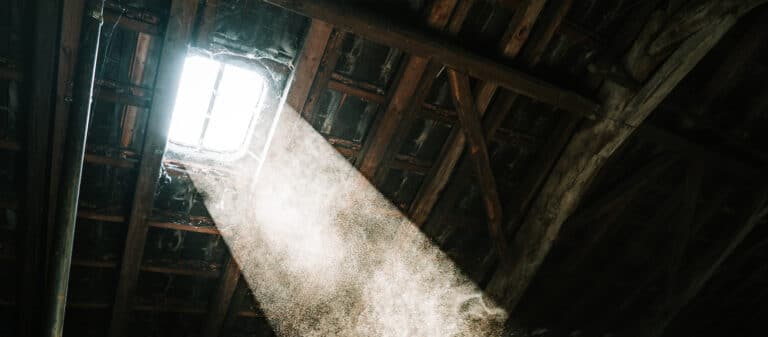While home insulation is considered a safe and sustainable way to reduce the load on your HVAC system, older or damaged insulation can cause several health concerns.
Many customers in NEPA may also have questions about the flammability of certain types of insulation or whether they contain chemicals or fibers that are safe to breathe in.
Luckily, we can assure all customers that properly installed insulation is perfectly safe and will last for many years with proper care. However, to give you greater peace of mind, we’ve answered many frequently asked questions regarding insulation and your health.
Is Fiberglass Insulation a Carcinogen?
One of the most common concerns about insulation exposure is whether it is safe to breathe in. Specifically, some past research had questioned whether there was a link between fiberglass insulation and cancer.
In 2001, though, the International Agency for Research on Cancer removed many of the materials found in fiberglass–glass and slag wool fibers–from its classification of carcinogenic materials that cause cancer.
We assure you that all customers will be fine if their fiberglass insulation is installed correctly. Since most insulation is installed behind walls or sheetrock and plaster, no direct exposure would allow these particles to be inhaled.
Therefore, all risks of fiberglass insulation are only present when handling or installing the insulation, which is why we strongly recommend professional assistance.
Furthermore, there are many alternative types of insulation, such as cellulose and spray foam, which may be safer for any homeowner concerned about fiberglass insulation [Learn more about debunking common cellulose insulation myths].
Are There Any Health Concerns with Spray Foam Insulation?
Spray foam insulation is a more efficient, longer-lasting, and perfectly safe alternative to fiberglass insulation. However, when first installed, spray foam insulation does release some isocyanate vapors and aerosols, which is why we recommend avoiding the area until it has had proper ventilation. This only lasts for a few hours, and you will not even have to leave your house.
Nevertheless, once spray foam is installed, you won’t have to worry about any negative VOCs or carcinogens, as the EPA rates it as a safe substance for homes. Furthermore, spray foam does not tend to collect mold like fiberglass as it is inherently moisture resistant.
Is My Insulation Fire Resistant?
All forms of insulation, from spray foam to fiberglass, are fire-resistant. Both spray foam and fiberglass have high melting points and will not spread fire if they happen to ignite.
Furthermore, cellulose insulation–made from recycled newspapers–is treated with fire retardant chemicals, which prevent it from catching or spreading fire.
Older Insulation Can Pose Health Concerns
One potential concern of fiberglass or any form of insulation is degradation due to moisture intrusion, pest damage, or mold growth. Most commonly, fiberglass batts and loose fillings may collect mold over time if they are not properly ventilated, which can be inhaled by home residents.
Damaged or ripped fiberglass may also lead to some inhalation issues if directly exposed to these tiny fibers.
For this reason, it’s essential to remove damaged insulation as soon as possible.
Is Asbestos Still Used Anymore?
Since 1989, the sale of asbestos-based products has been partially banned, except for some commercial applications. However, just this year, the Biden-Harris administration banned the cancer-causing substance entirely.
It’s not clear how many homes still have asbestos insulation, but if you have an older home in NEPA with asbesto, it’s crucial to remove it immediately. Asbestos has been linked to several health problems, including cancer.
Tips to Reduce Health Concerns from Insulation
Home insulation–no matter the material–can be perfectly safe if you follow the right steps below.
Hire a Professional for Installation
Many of the health problems associated with fiberglass or other forms of installation can be entirely mitigated by limiting your exposure and working with a professional. A certified insulation contractor will ensure your insulation is installed correctly, avoiding issues such as poor ventilation, exposure to the elements, and improper placement.
In turn, you will save money by maximizing your home’s thermal envelope and prolong your insulation’s longevity.
Get Your Insulation Inspected
We recommend getting your insulation inspected at least every ten years to determine whether new insulation should be installed or replaced. However, you can also perform visual inspections every year to look for issues such as mold or damage from pests.
Remove Old Insulation If It’s Damaged
There are many cases where you can apply new insulation on top of old insulation, such as spray foam on top of fiberglass. However, if any signs of damage are present, it’s advised to remove the old insulation before applying new insulation to avoid exposure to mold or other harmful materials.
Wear Proper Protection When DIYing Insulation Projects
If you decide to install new fiberglass batts or rolls yourself, be sure to wear proper personal protective equipment (PPE), such as masks, safety glasses, gloves, and long sleeves, to avoid direct exposure or inhalation.
That said, professional installation will ensure that any insulation you purchase is safe and lasts a long time. For information on installing insulation in Northeast PA, contact the experts at EnergySmart today.






